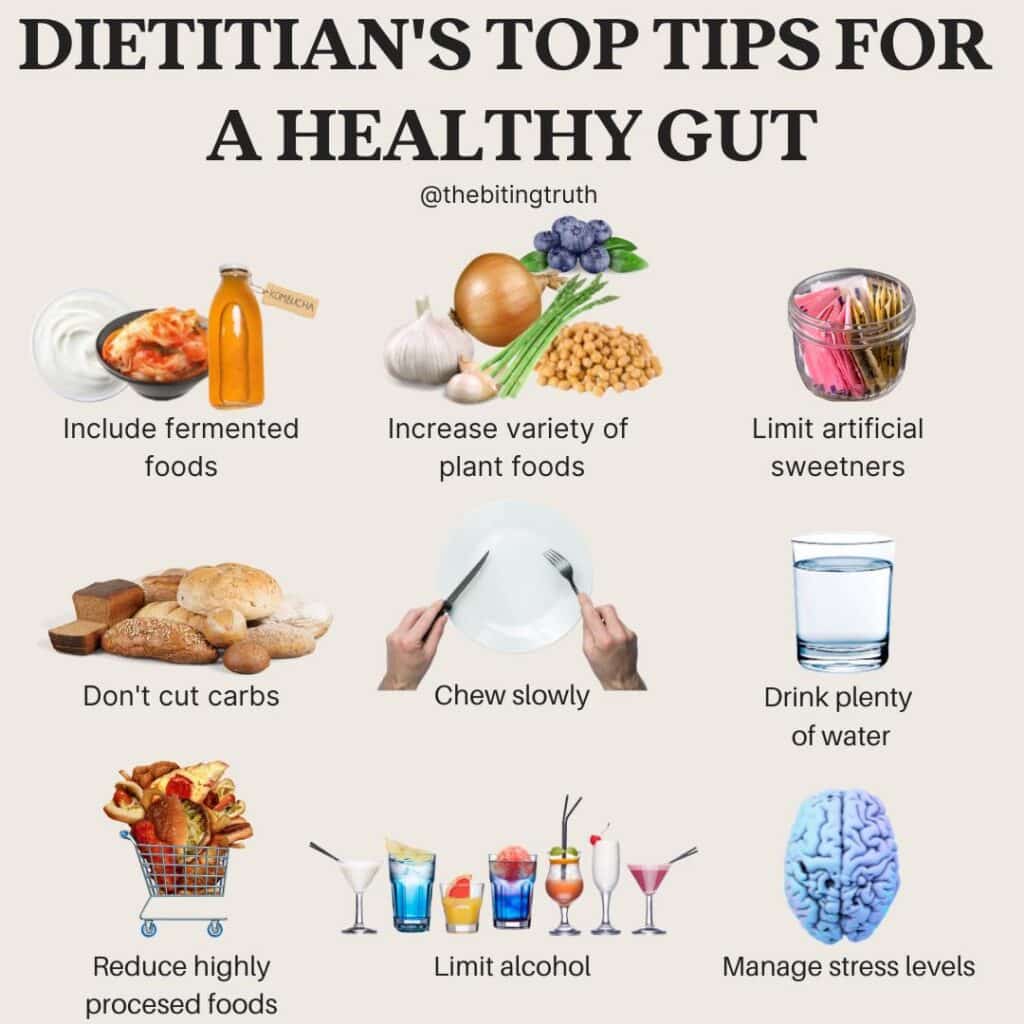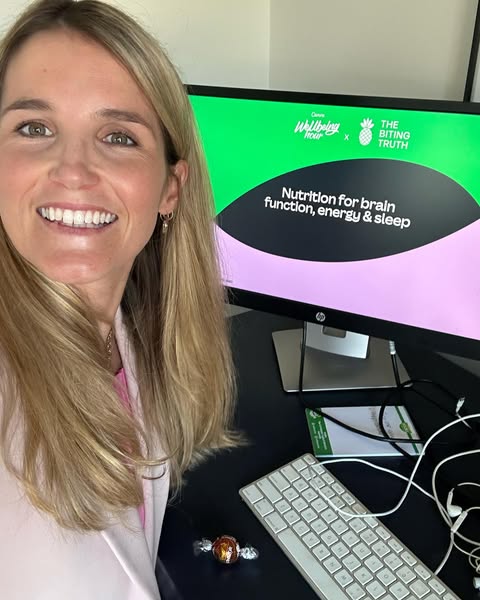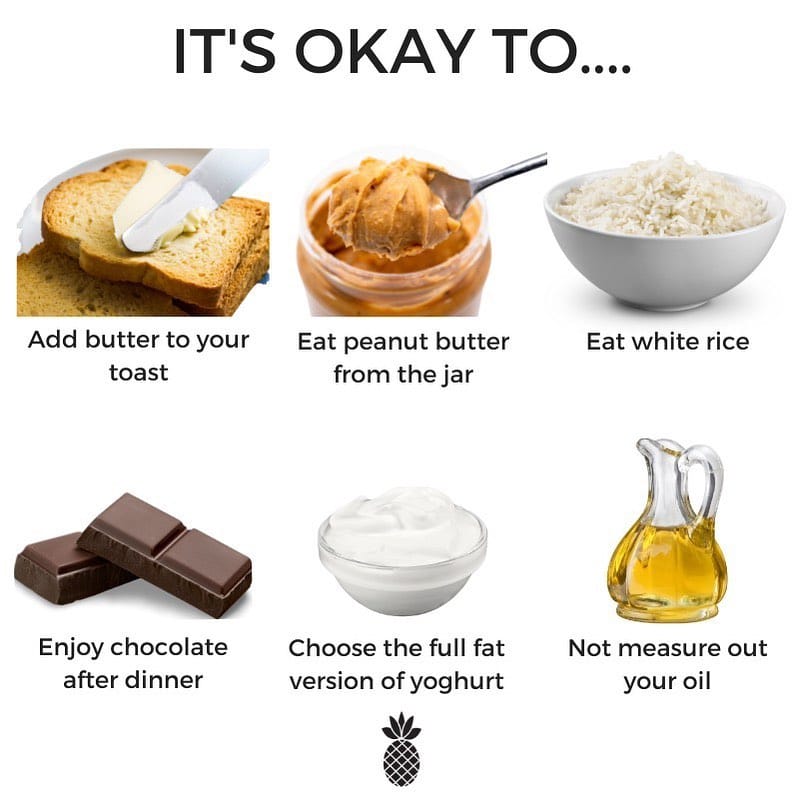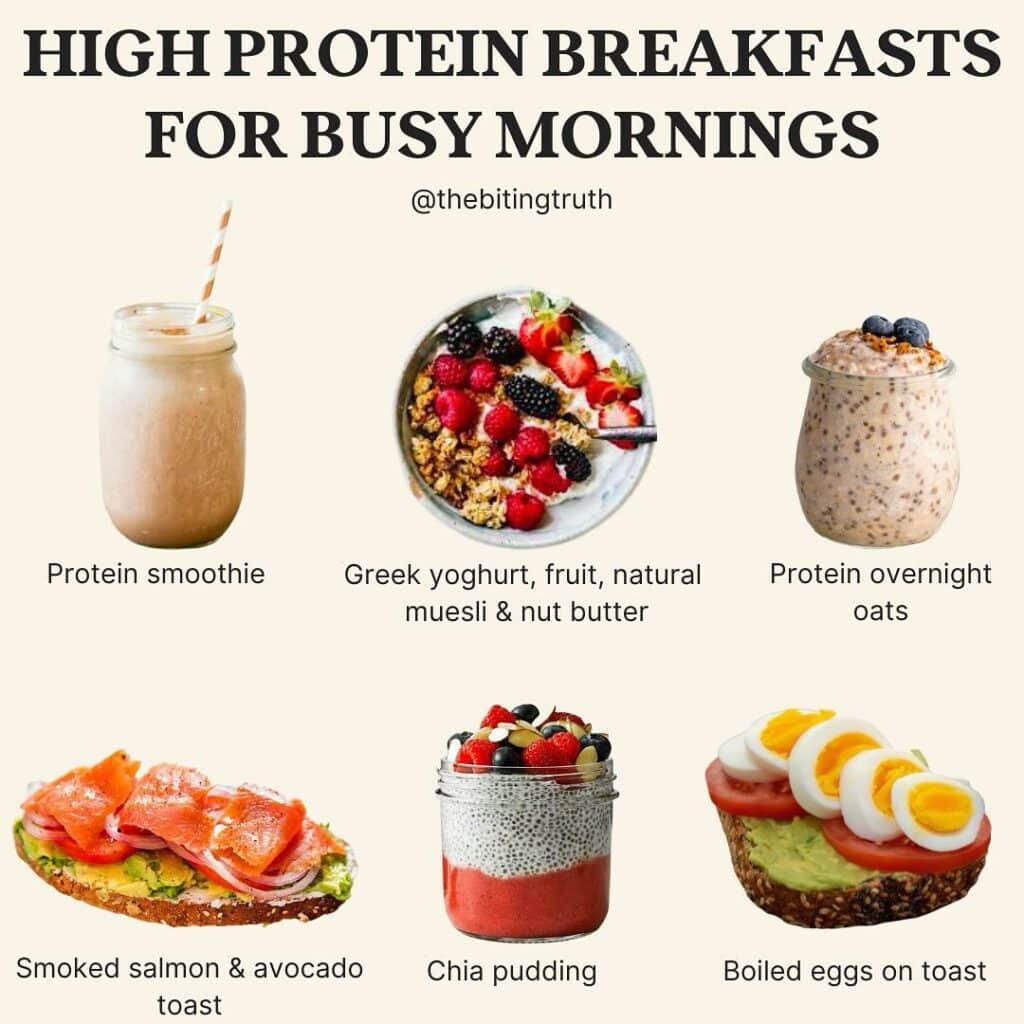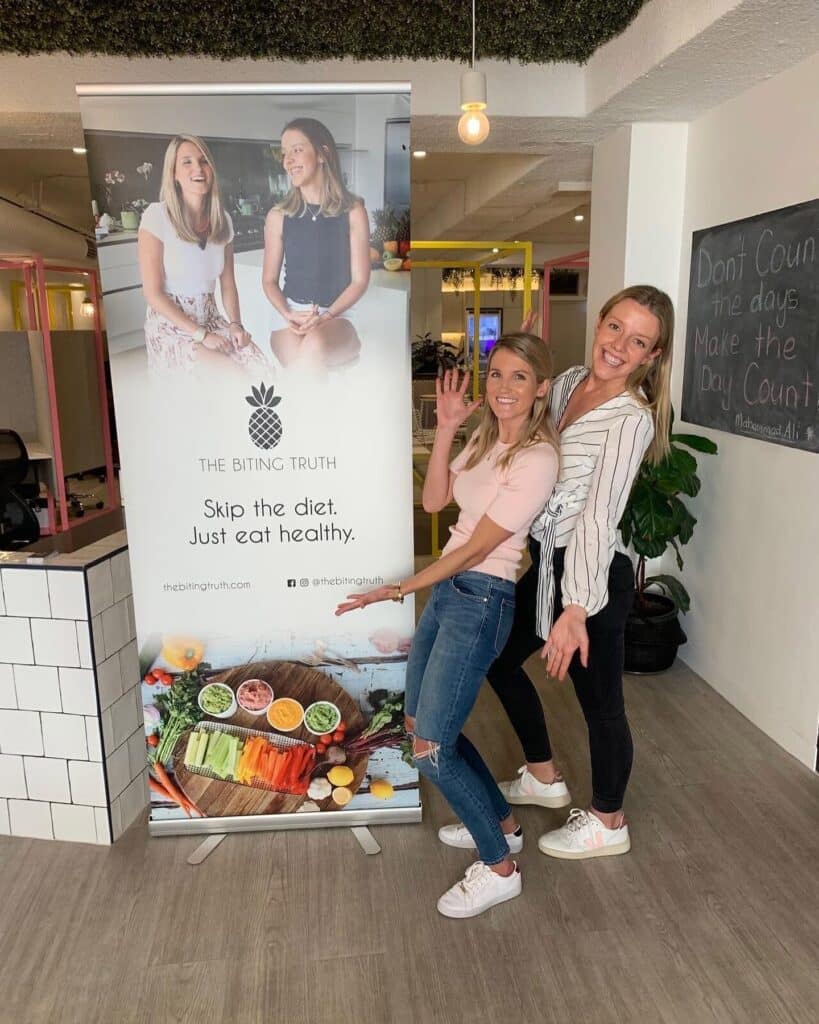Struggling to hit your 5 serves?
Statistically speaking, the answer is likely to be yes. Only about half of all Aussies are hitting the recommended number of serves of vegetables each day.
Veggies contain many nutrients that are vital for our health, which means if you eat too few you may be at risk of a nutrient deficiency.
“Eat your veggies!” is a phrase most of us have probably heard numerous times but as dietitians, if there’s one food we encourage our clients to eat more of its vegetables.
There are so many benefits of eating vegetables but here are some of the main benefits:
The current recommendations suggest most adults should eat at least 5 serves of vegetables every day.
A standard serve of vegetables is ~75g, however this can look different depending on whether you’re eating raw, cooked or canned vegetables

